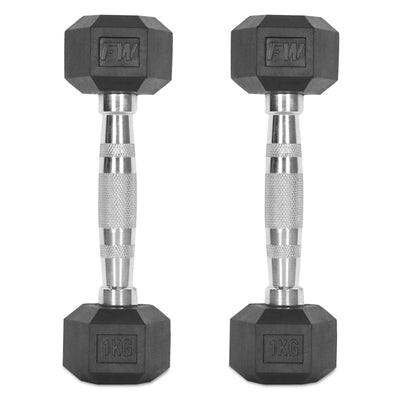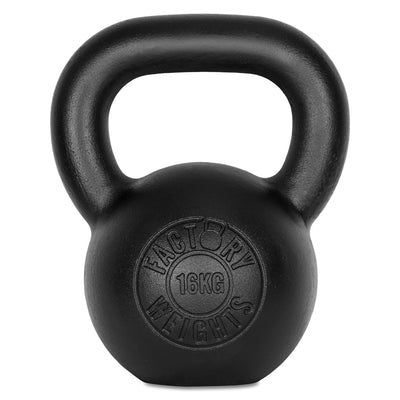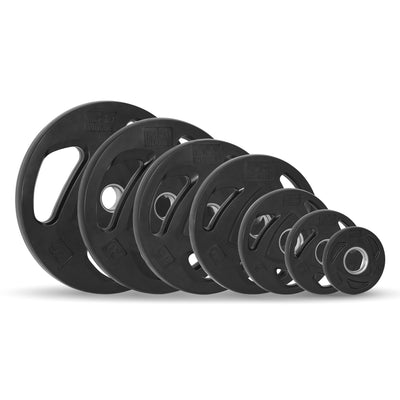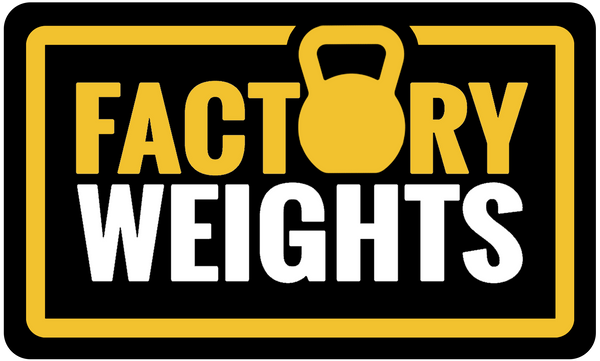The Science Behind Muscle Soreness and How to Alleviate It
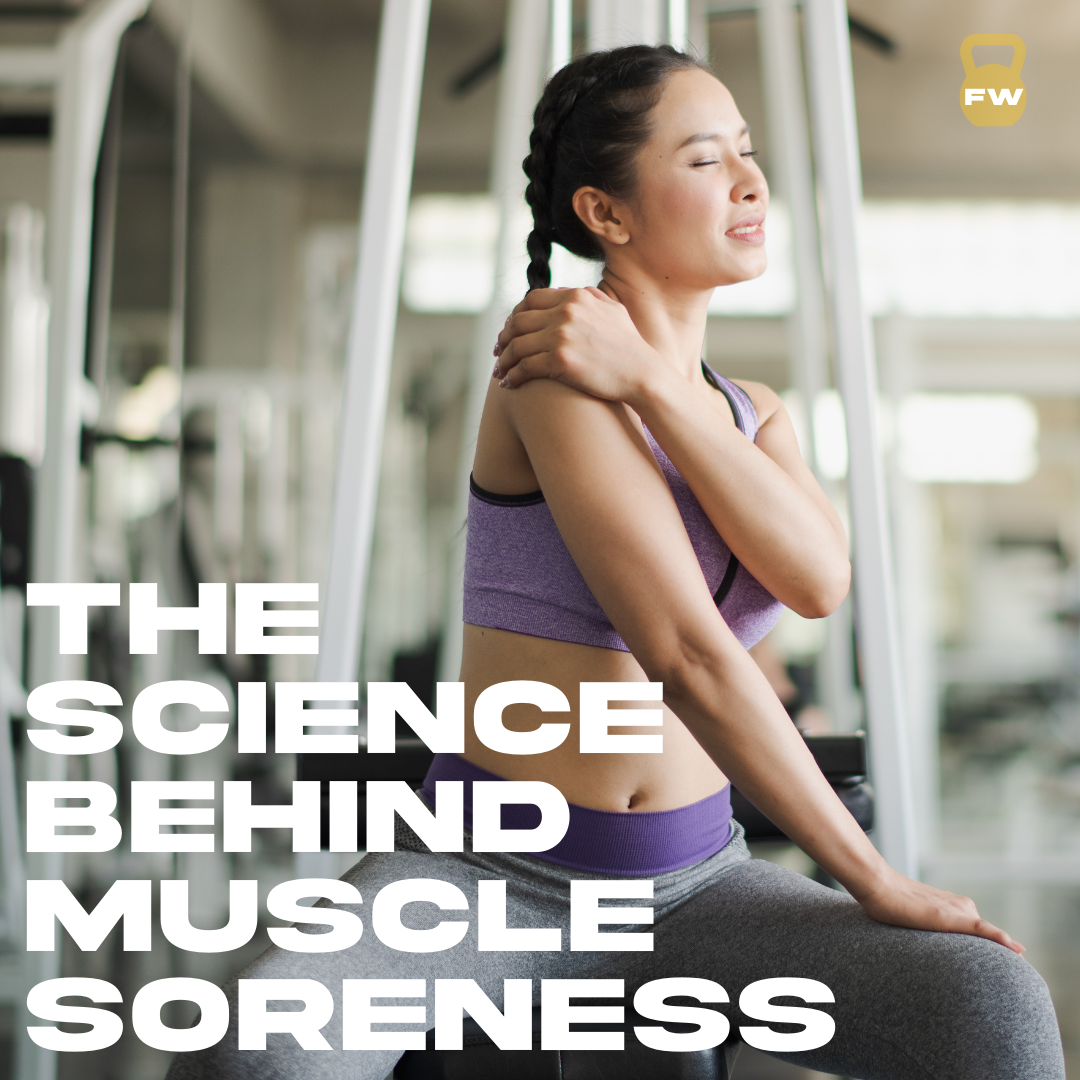
Have you ever experienced muscle soreness after a workout or physical activity? If so, you're not alone. Muscle soreness, also known as delayed onset muscle soreness (DOMS), is a common experience among people who engage in physical activity, whether it's weightlifting, running, or any other form of exercise.
So, what causes muscle soreness, and how can you alleviate it? In this article, we'll explore the science behind muscle soreness and provide some tips for easing the discomfort.
What Causes Muscle Soreness?
Muscle soreness is caused by microscopic damage to muscle fibres, which results from physical activity. This damage triggers an inflammatory response, which can lead to pain and stiffness in the affected muscles.
There are two types of muscle soreness: acute muscle soreness and delayed onset muscle soreness (DOMS). Acute muscle soreness occurs during or immediately after physical activity and is usually caused by a build-up of lactic acid in the muscles. This type of soreness typically goes away within a few hours or days.
DOMS, on the other hand, is the soreness you feel one to two days after physical activity. DOMS is caused by the microscopic damage to muscle fibres mentioned earlier. This damage leads to an inflammatory response, which can cause pain, stiffness, and swelling in the affected muscles.
How to Alleviate Muscle Soreness
Fortunately, there are several ways to alleviate muscle soreness and speed up the recovery process. Here are some tips:
- Stretching: Stretching before and after physical activity can help prevent muscle soreness. Stretching improves flexibility and blood flow, which can reduce the risk of injury and ease muscle tension.
- Foam Rolling: Foam rolling is a self-massage technique that involves using a foam roller to apply pressure to sore muscles. Foam rolling can help reduce muscle tension, increase blood flow, and alleviate soreness. Check out our foam roller for your exercise needs.
- Rest and Recovery: Rest is crucial for muscle recovery. Taking a break from physical activity and allowing your muscles to rest can help reduce soreness and inflammation.
- Hydration: Drinking plenty of water before, during, and after physical activity can help prevent dehydration and reduce the risk of muscle soreness.
- Ice and Heat: Applying ice or heat to sore muscles can help reduce pain and inflammation. Ice is typically used for acute soreness, while heat is used for chronic soreness.
- Massage: Getting a massage can help alleviate muscle soreness by increasing blood flow, reducing inflammation, and releasing tension in the affected muscles.
- Anti-Inflammatory Medication: Over-the-counter anti-inflammatory medication, such as ibuprofen, can help reduce pain and inflammation associated with muscle soreness.
Muscle soreness is a common experience among people who engage in physical activity. It is caused by microscopic damage to muscle fibres, which triggers an inflammatory response and leads to pain and stiffness in the affected muscles.
Fortunately, there are several ways to alleviate muscle soreness, including stretching, foam rolling, rest and recovery, hydration, ice and heat, massage, and anti-inflammatory medication. By taking these steps, you can speed up the recovery process and get back to your physical activity with less discomfort.
